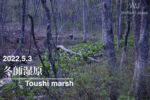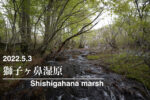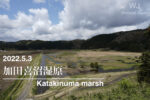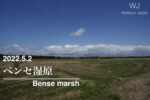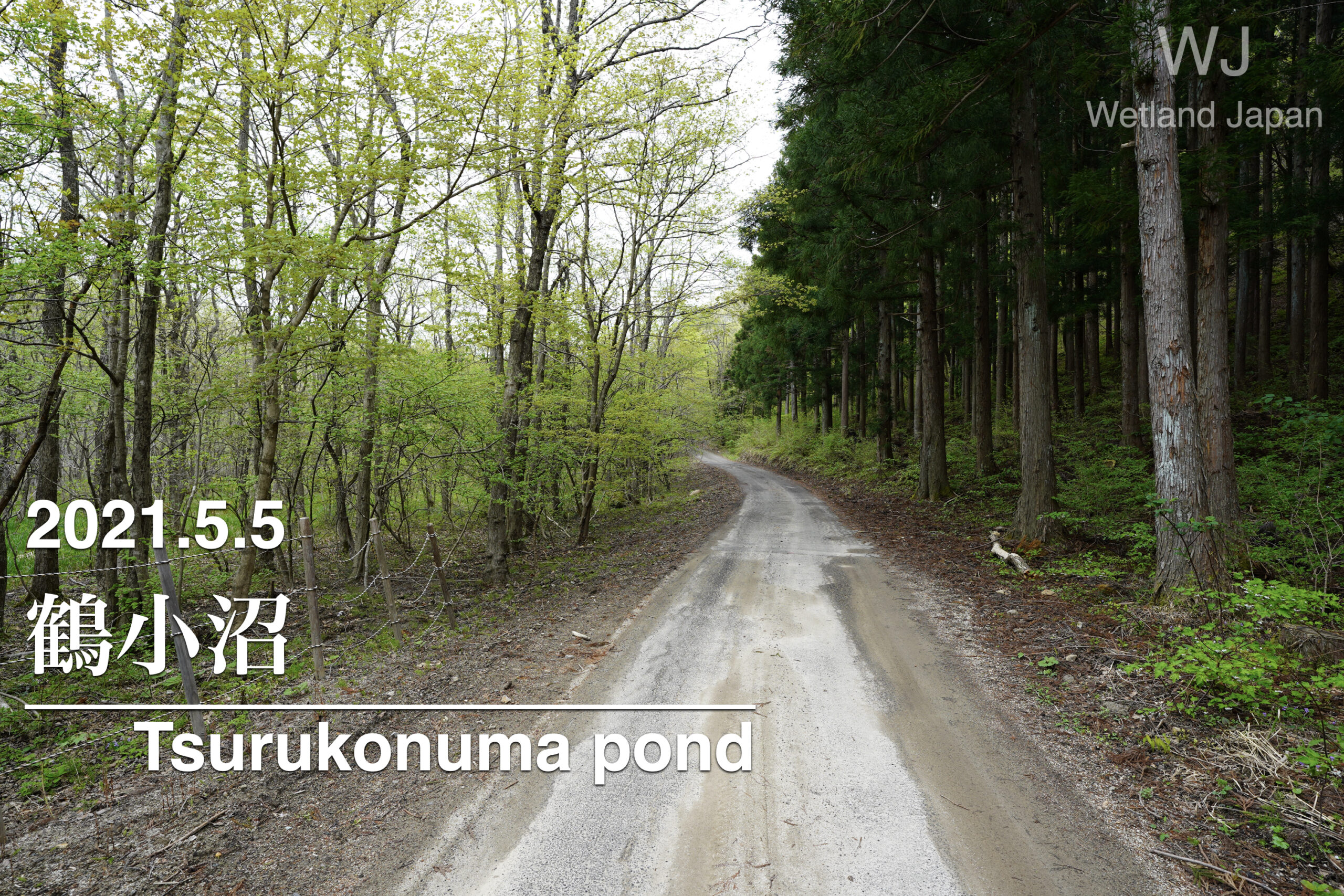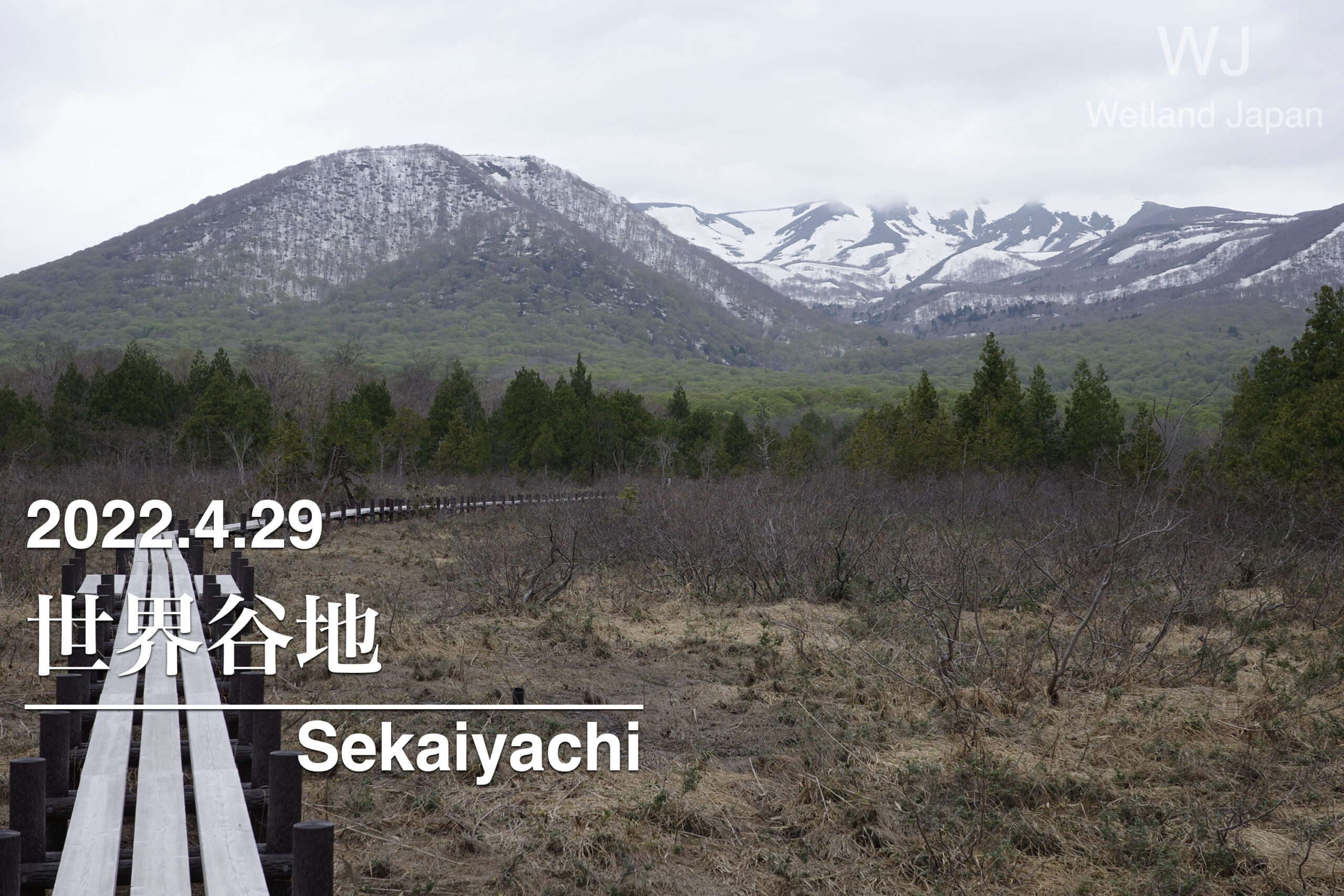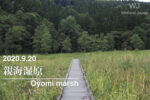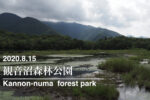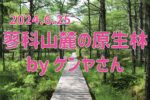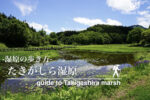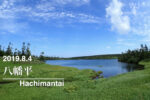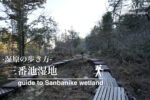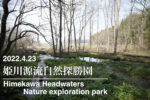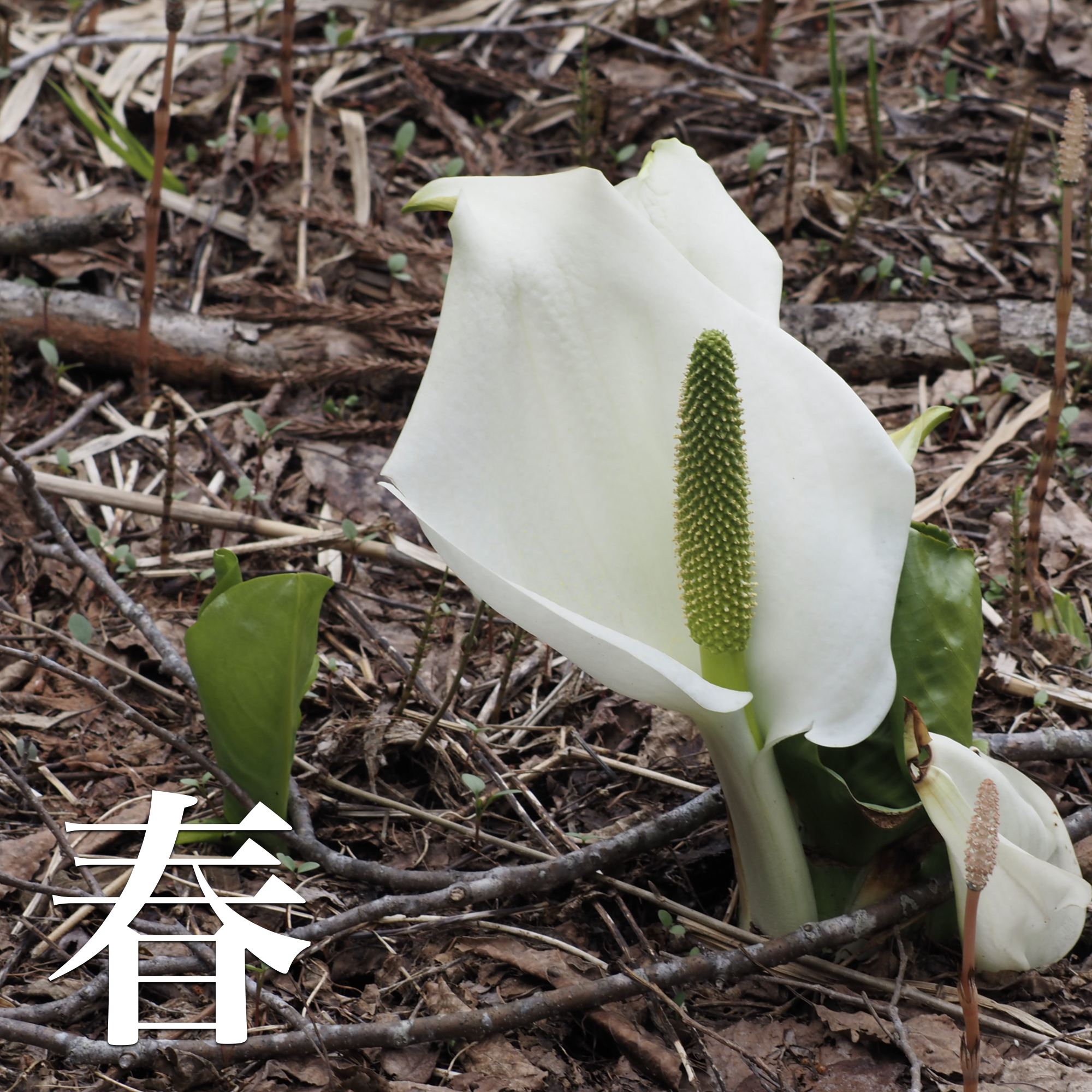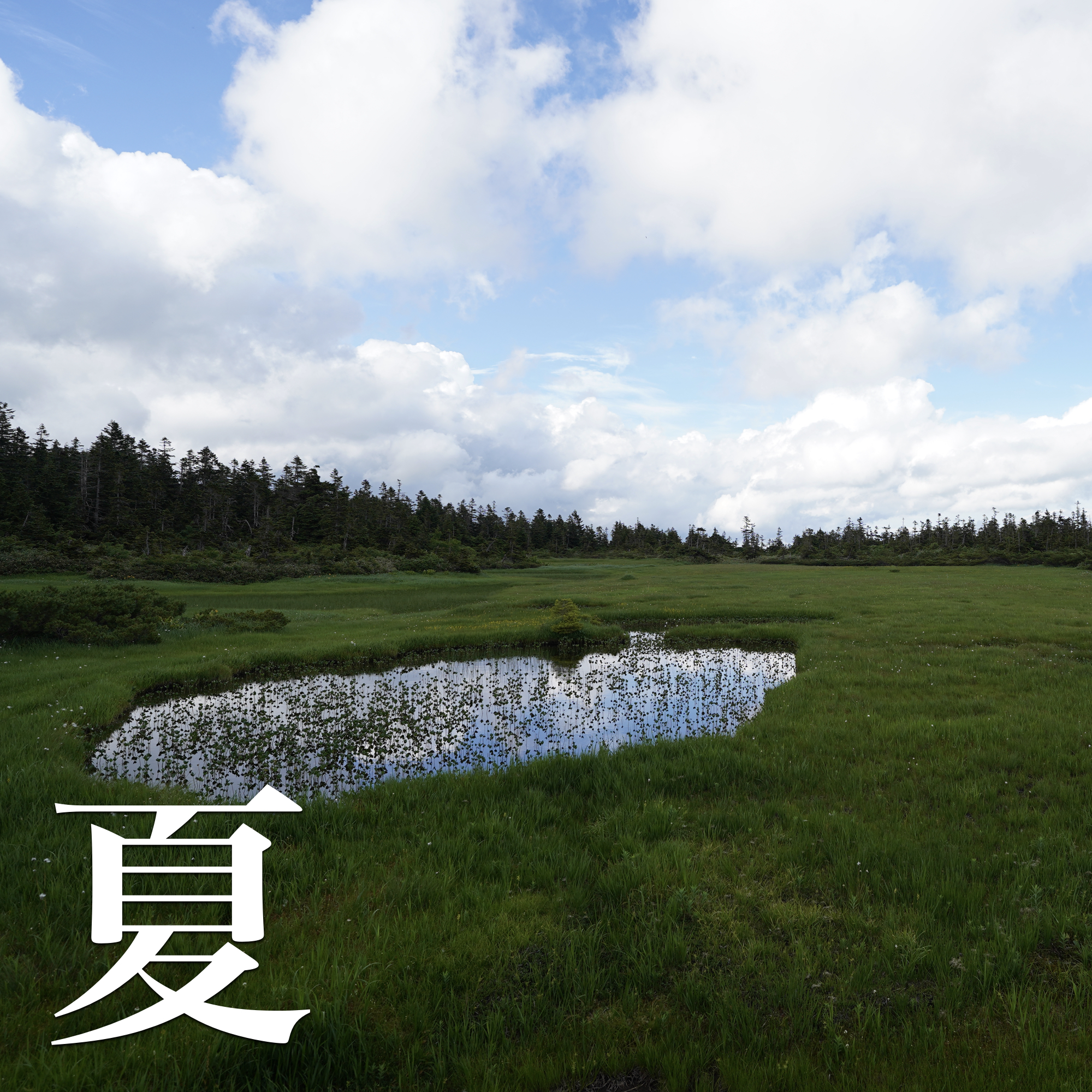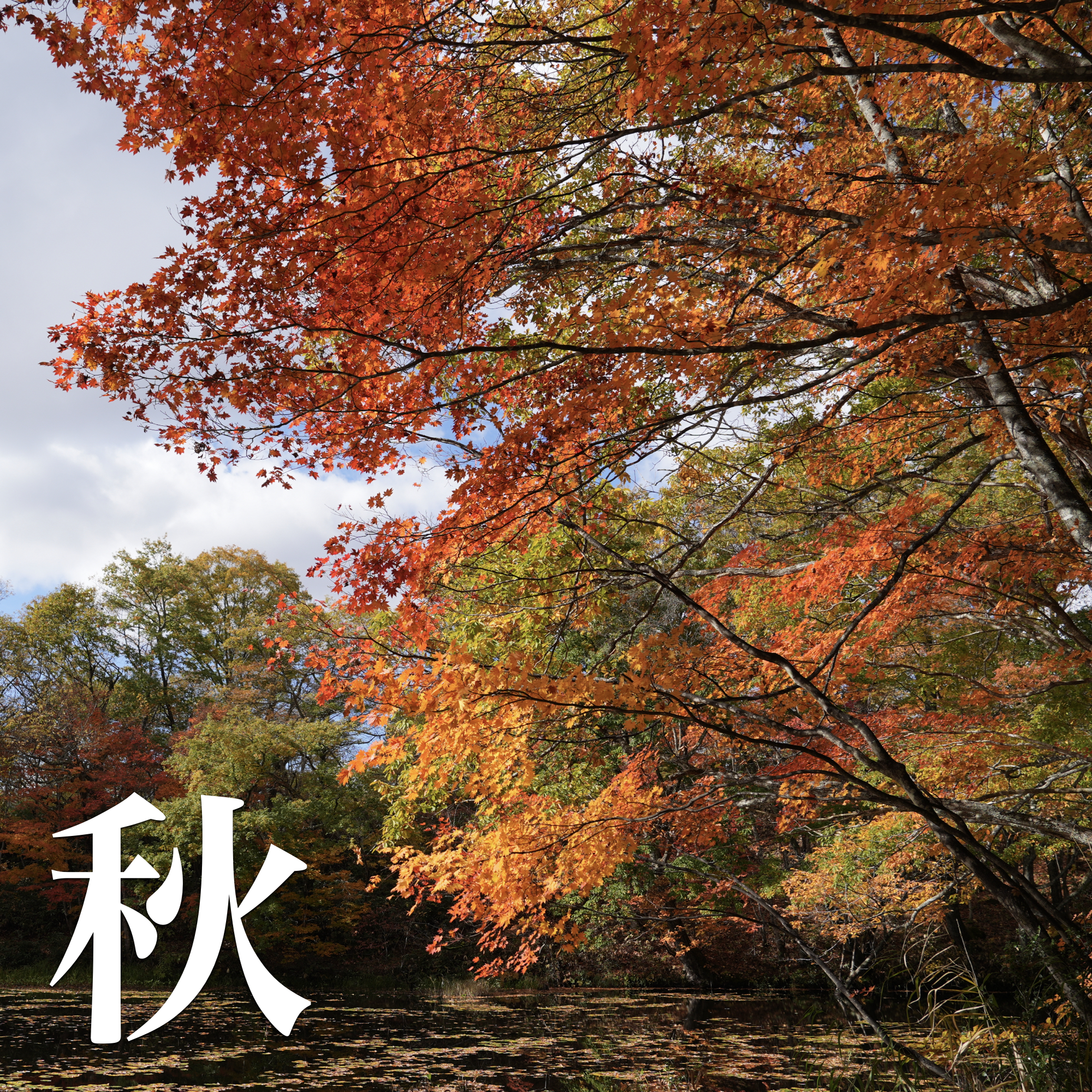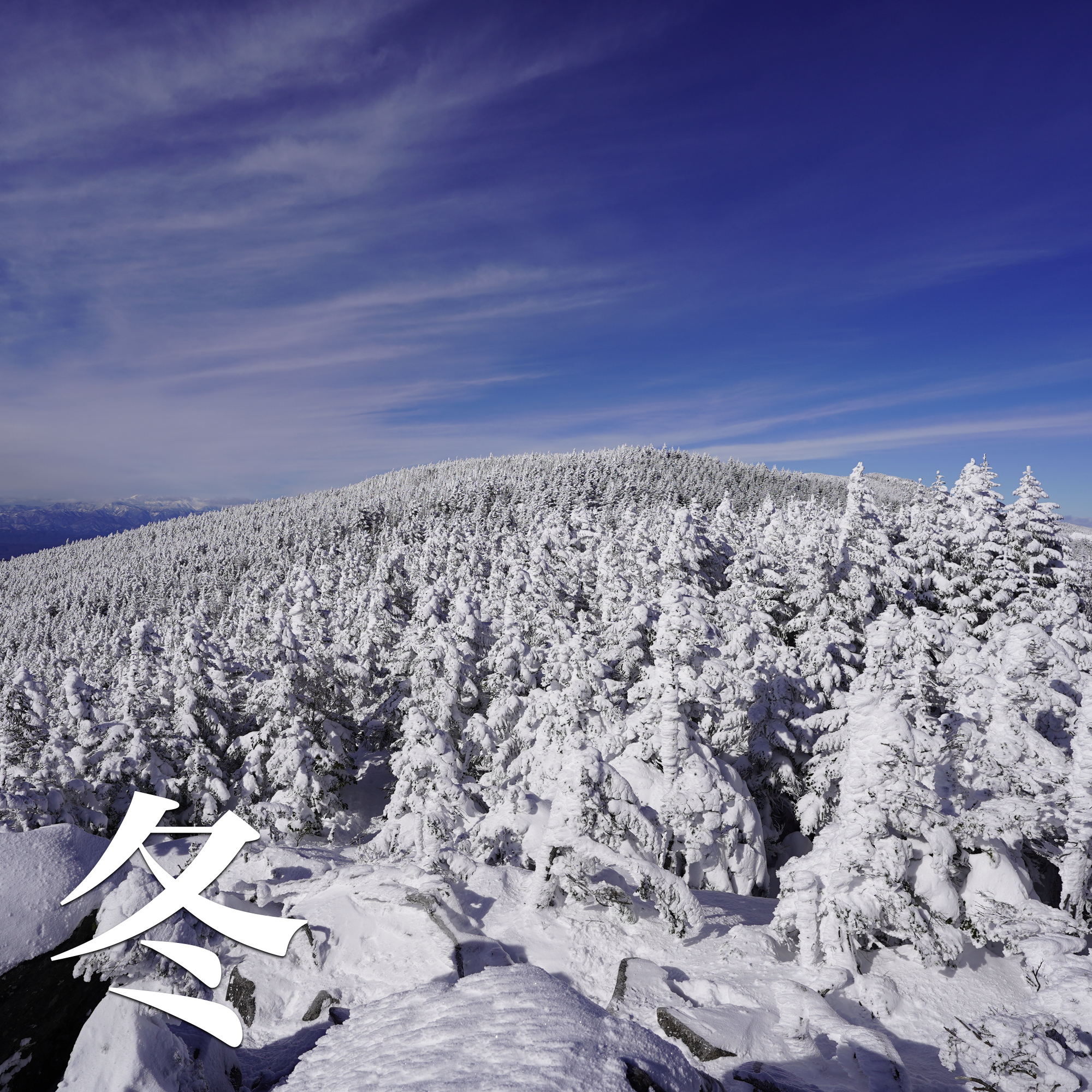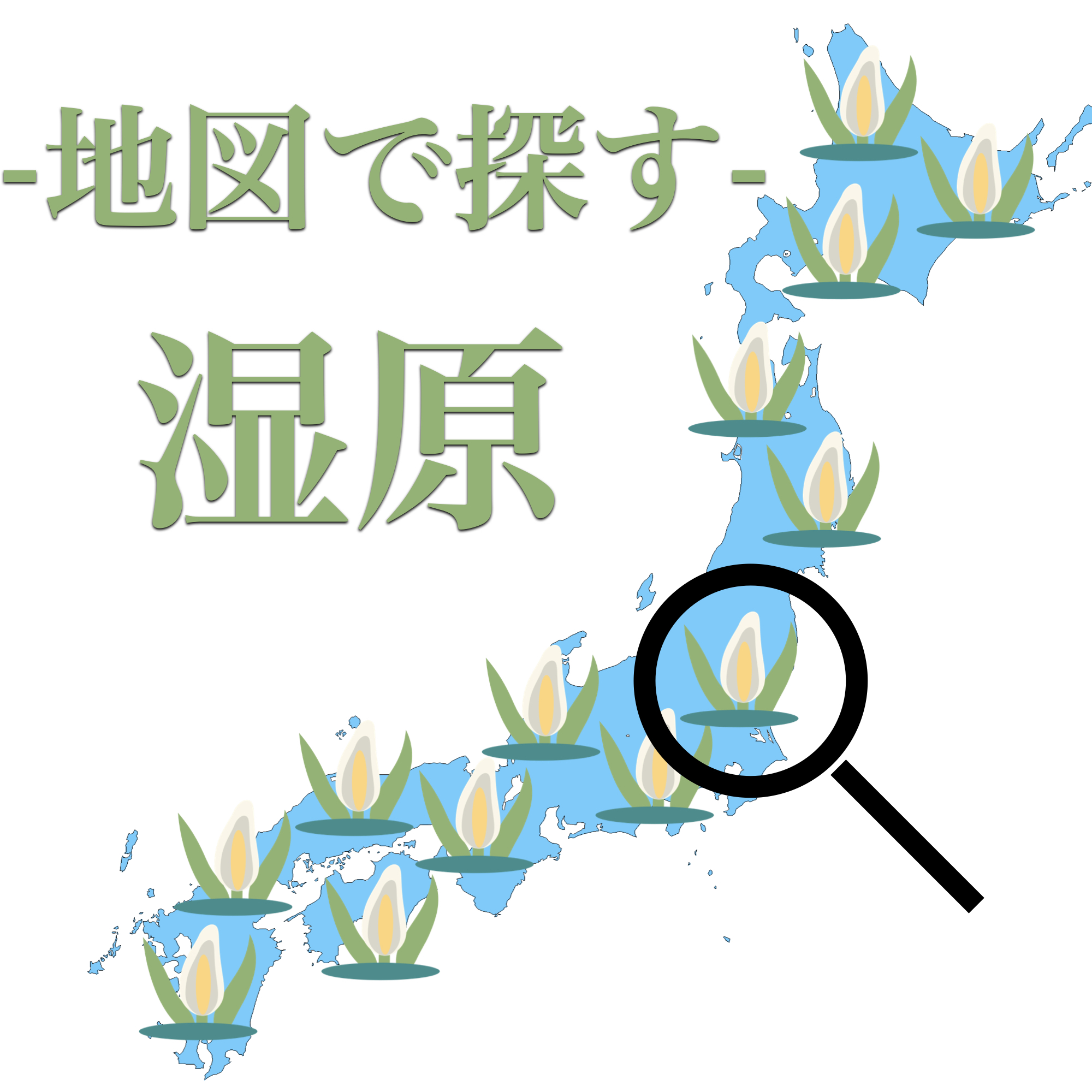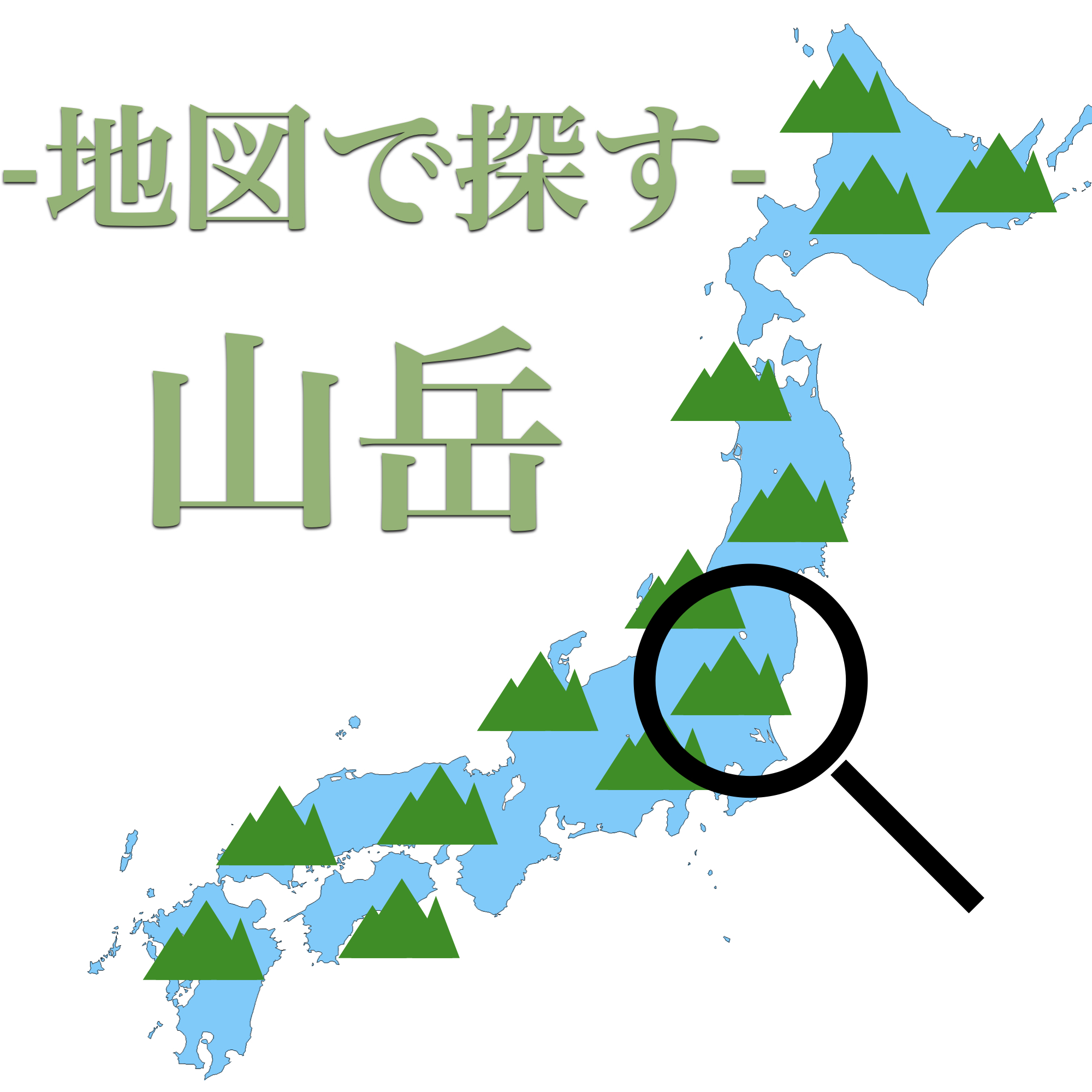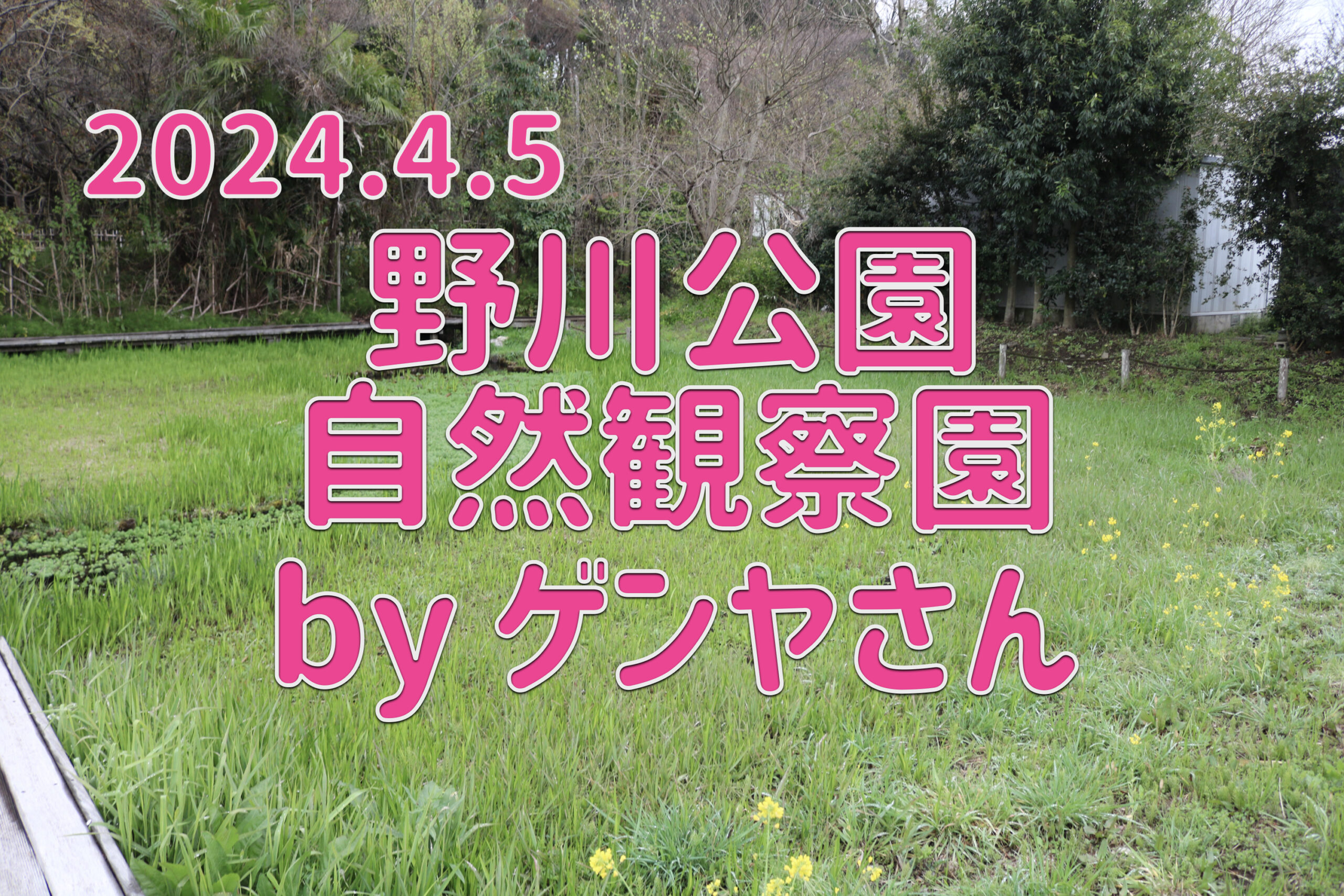
It seems that Genya has been strolling through the spring wetlands.
Even though it's located in Tokyo, the area's attractions are the abundant water and the nature that grows there!
table of contents
search
Long ago, the Tama River meandered repeatedly, causing river erosion and creating cliffs in the northern Tama area.
It is called the Kokubunji Cliff Line (locally called "hake").
The Nogawa River is located along the Kokubunji Cliff Line and flows into the main Tama River for about 20 km. (It runs from the Kokubunji area on the Chuo Line to the Futako Tama River.)
Even though the upper reaches are located within the city, the area still retains the image of Musashino, with its water and greenery.
Spring water flowing from the drain flows into the Nogawa River, turning part of the plain into a wetland.
Wetlands like this are a precious remaining part of urban areas.
There are many wild birds and plants to be seen, and the natural environment remains rich.
This time, I visited two places, the Nature Observation Garden and Osawa no Sato, when the trees in the grove were just beginning to grow leaves and the cherry blossoms were in full bloom.
There is a row of cherry trees from the front of the entrance to International Christian University to the rotary.
It was spring break on campus, so we were able to quietly enjoy the cherry blossoms, which were just short of full bloom.
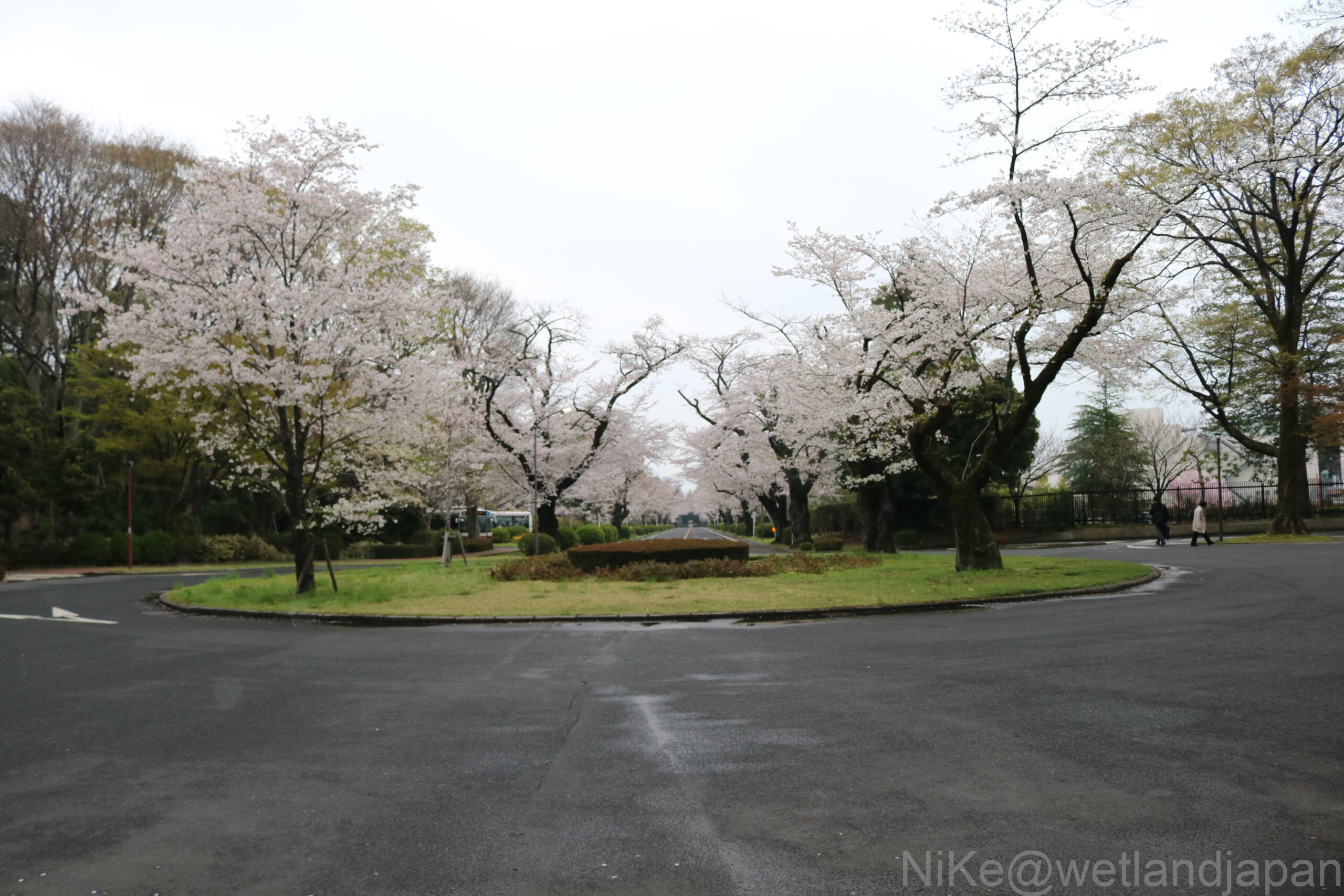
From the main gate, which was the site of Nakajima Aircraft Mitaka Research Institute before the war, to the central rotary, there is a long, straight road (McLean Street) of about 600 meters commonly known as the "runway."
This road is lined on both sides with rows of cherry trees (Somei Yoshino), which when in full bloom create a tunnel of cherry blossoms, making it a famous cherry blossom viewing spot in the vicinity of the university.
After crossing the bridge, you will come out onto the main road from the west gate. Directly below the bridge is the Nogawa River, and going upstream to the right is the Nature Observation Garden forest, behind that is the International Christian University forest, and on the left is Tokyo Metropolitan Musashino Park.
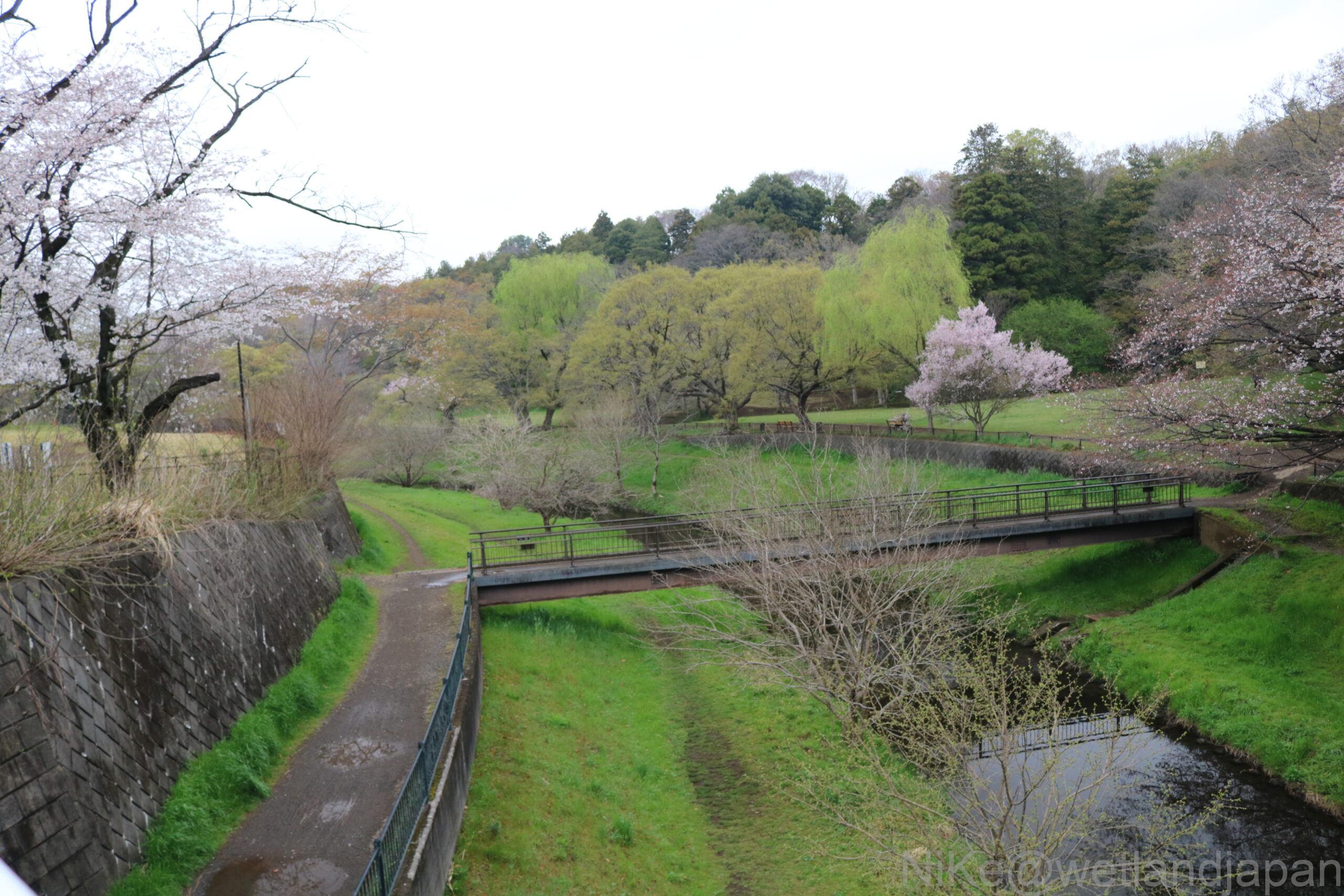
New buds are sprouting on the trees, and the scene is full of life. This seasonal word, which translates to "pure and bright," is a perfect fit.
Flowers are blooming, butterflies are fluttering, the sky is clear blue, and a fresh breeze is blowing.
When you enter the forest of the "Nature Observation Garden" built on the left bank, you will see that the grass and leaves are lively due to yesterday's rain.
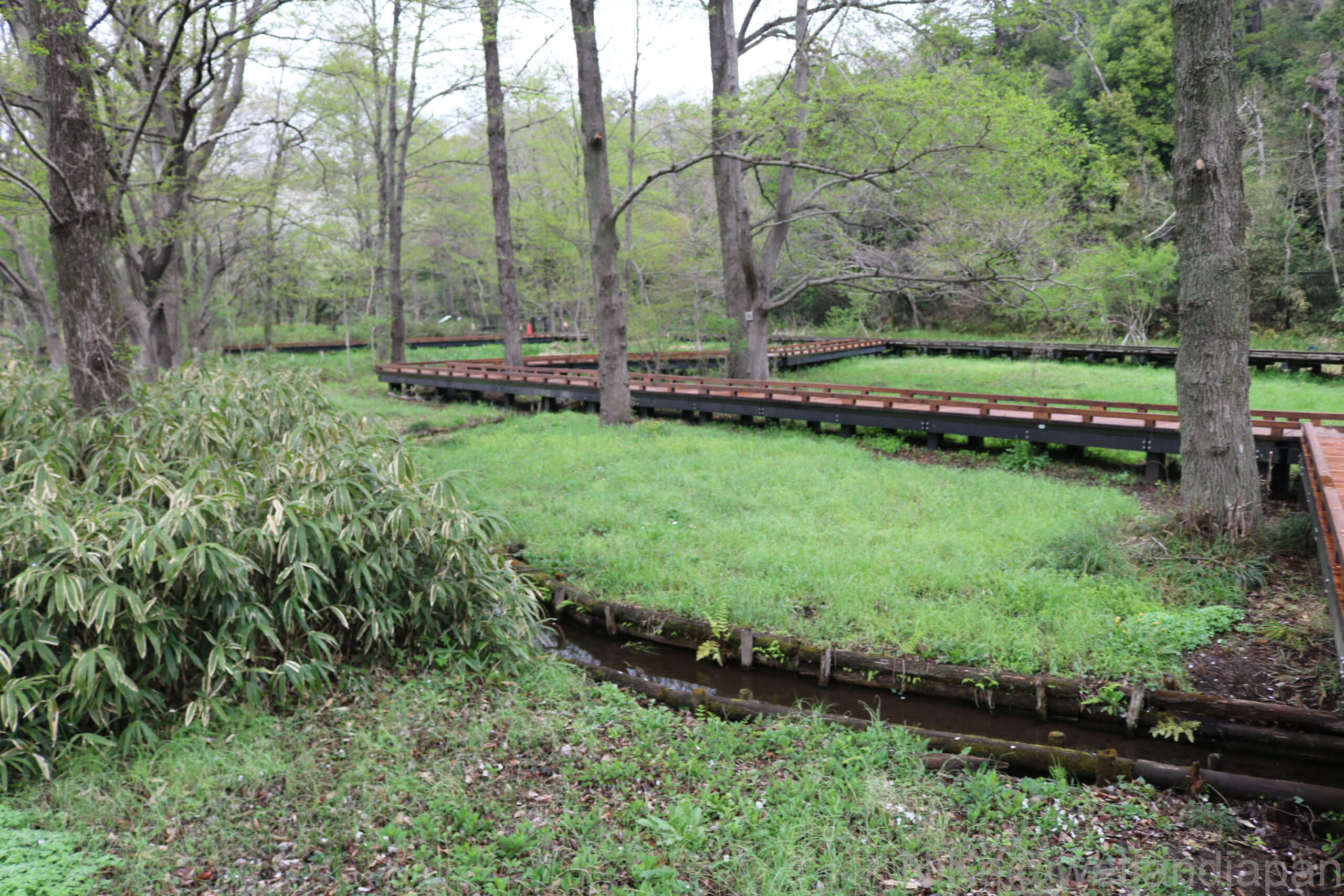
There was water in the pond today that wasn't there in the winter.
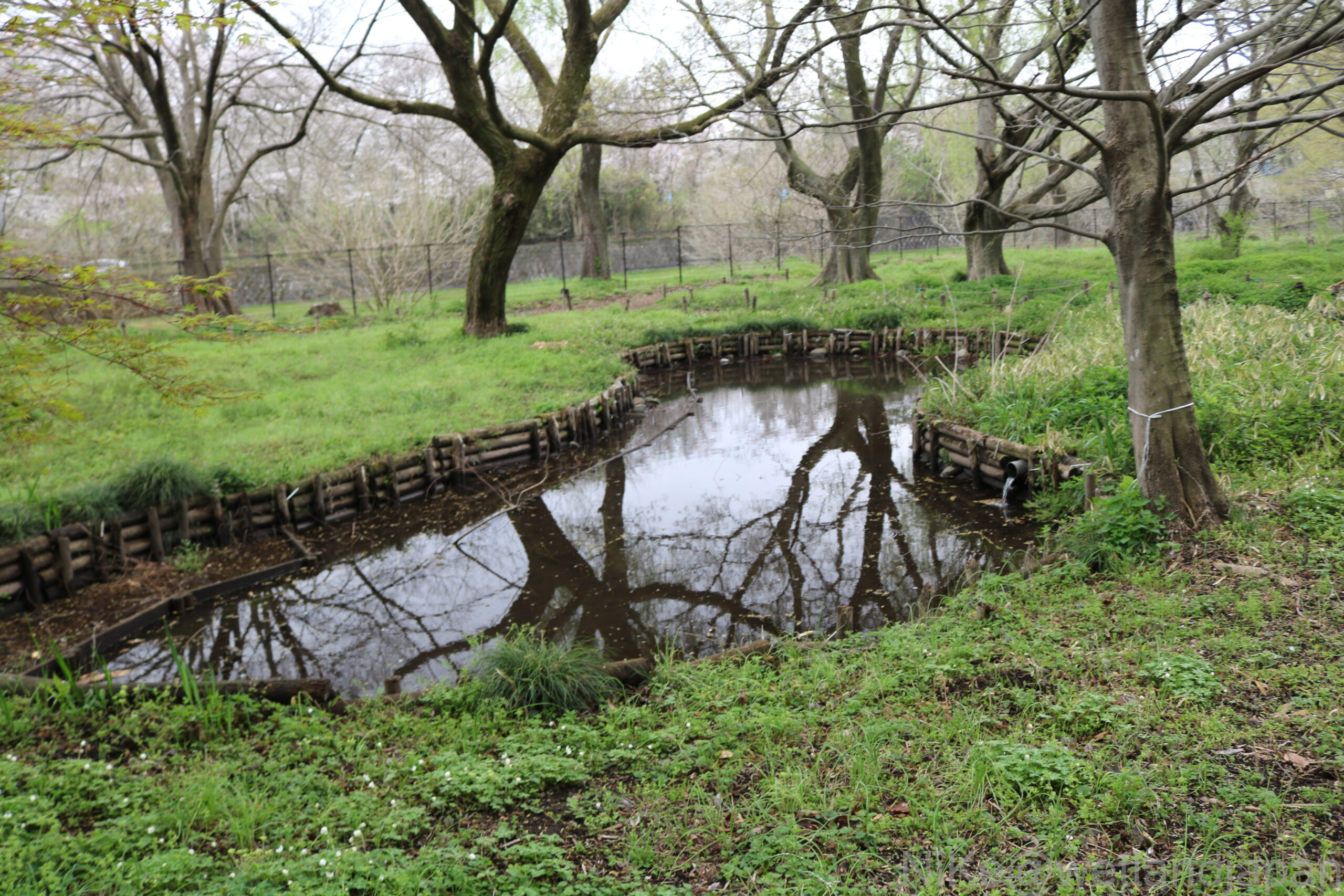
An explanatory board providing an overview of the Nature Observation Garden.
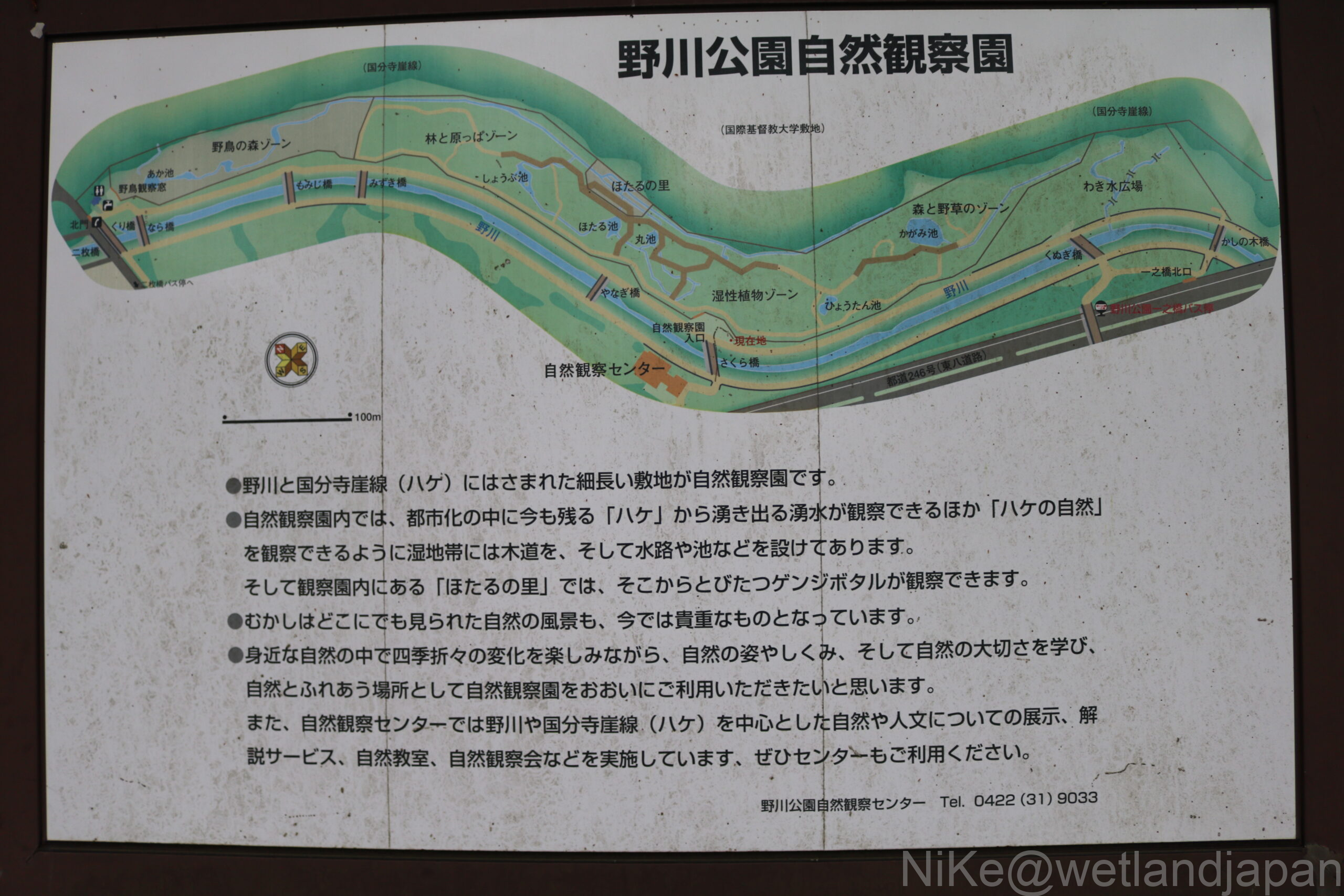
It's amazing how much greenery remains in the city.
After touring the observation garden, we turned around and headed downstream, first seeing the waterwheel farmhouse on the right bank.
These are the remains of a rice mill that has been in operation since the Edo period, about 200 years ago.
A large waterwheel is stored in the red-roofed room on the left side of the photo.
Outside on the left side there was a small watermill.
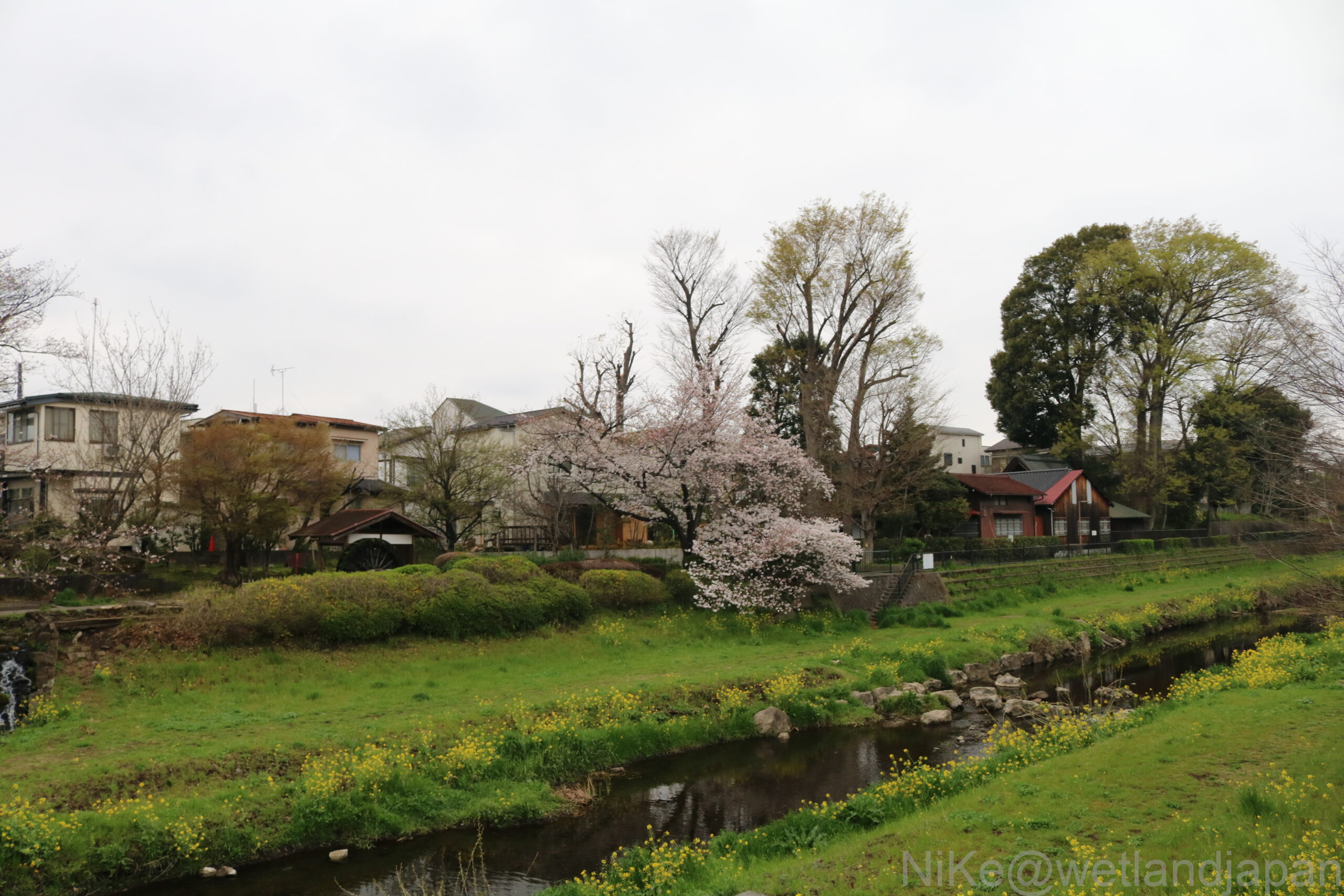
Across the river is Osawa-no-Sato, a preserved wetland flower garden. Spring water from the drainage irrigates the wetlands.
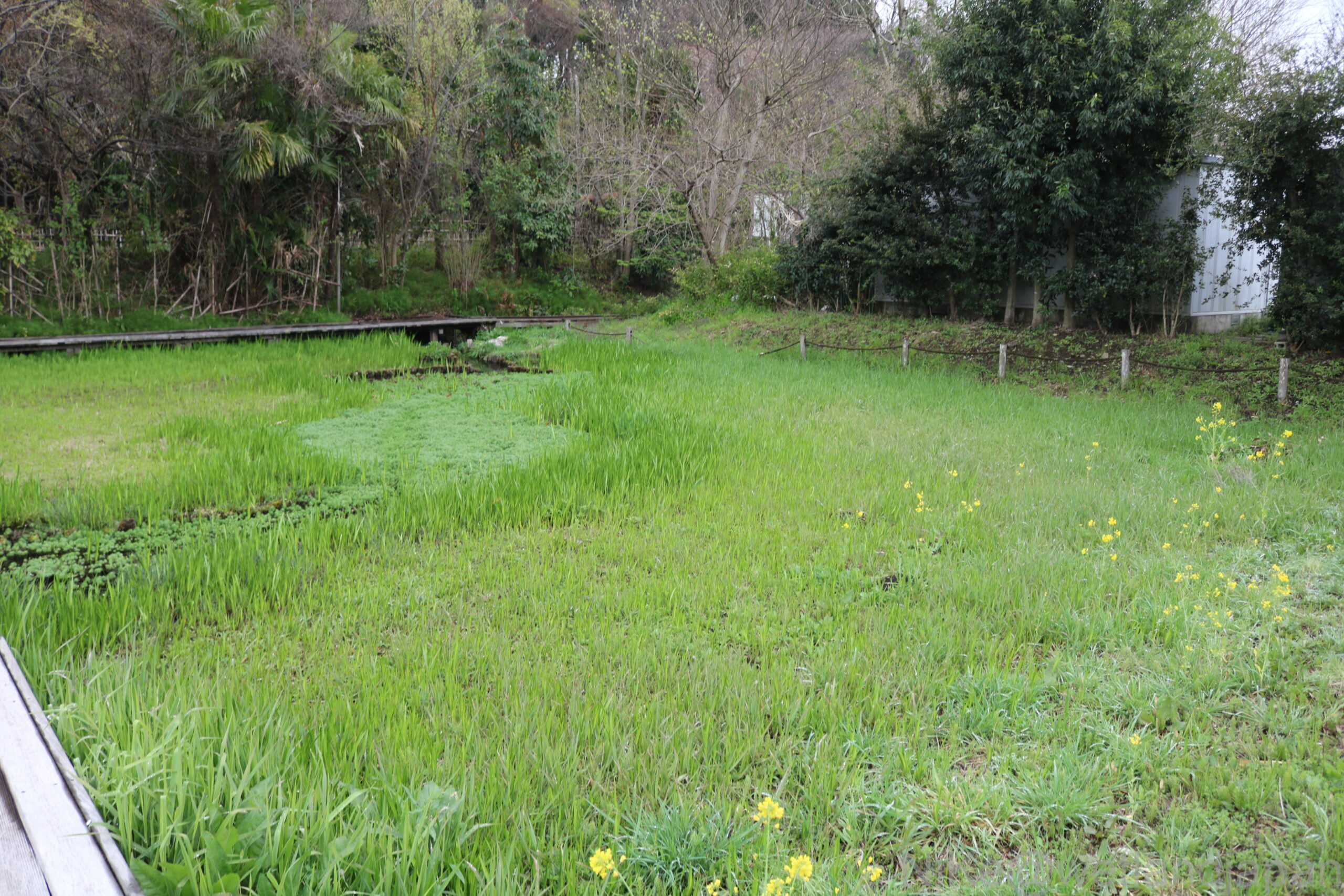
Once you pass the wetlands you will come across an old house.
A four-room farmhouse built in 1902.
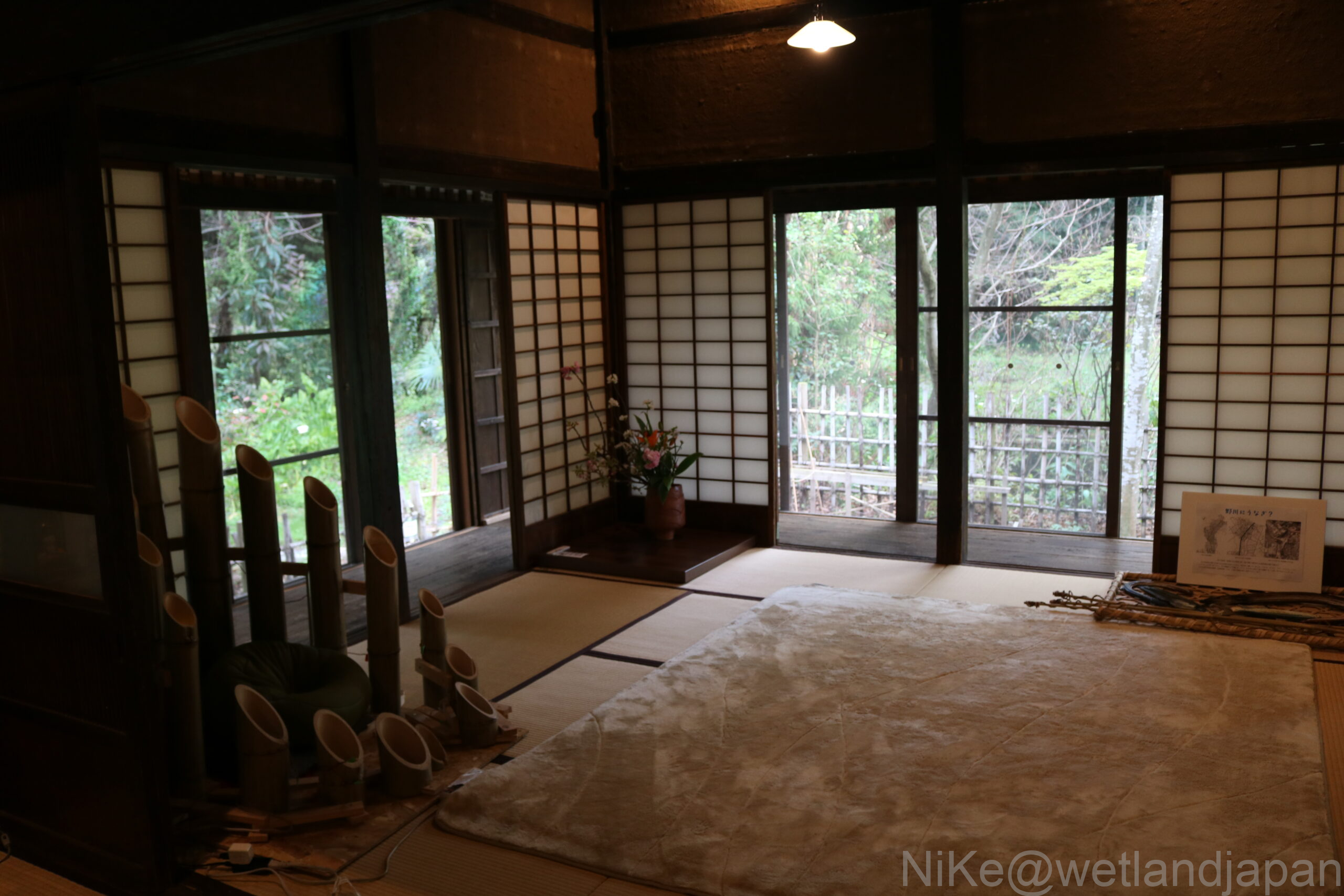
The area is the center of the original landscape of Mitaka Musashino. You can see the old life that was lived in harmony with the seasons surrounded by nature. The white calla lilies in the garden were in full bloom.
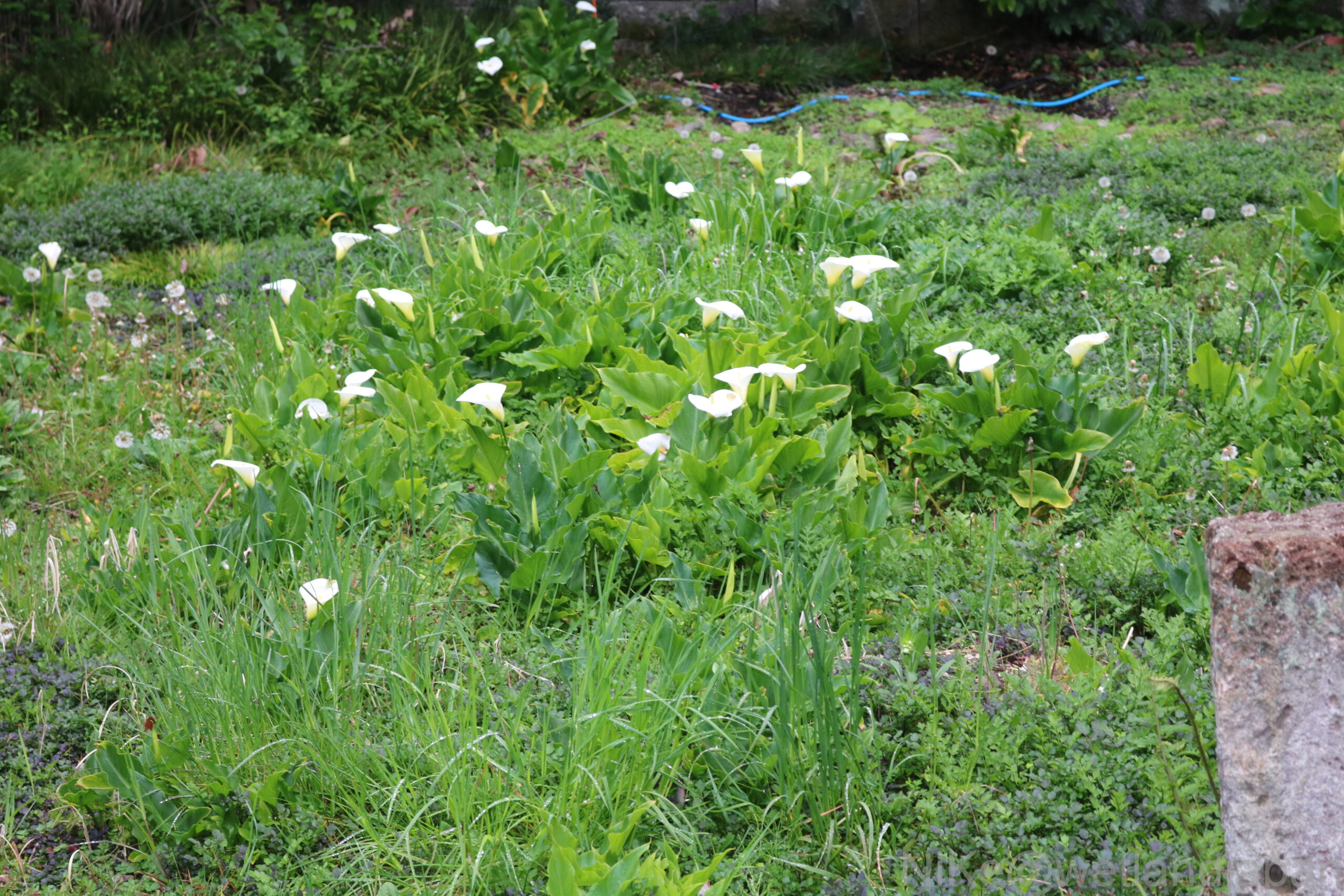
Wetlands were born where there was water deep in the mountains, and when that water flowed down to the village and into farmland, waterwheels were everywhere before electricity was introduced. Let's finish off our walk through the marshland by visiting the waterwheels.
References
- Tokyo Metropolitan Nogawa Park Brochure
- Mitaka City Osawa Village Farm Management Brochure
- Mitaka City Osawa Village Old House Brochure
- Wikibear International Christian University
